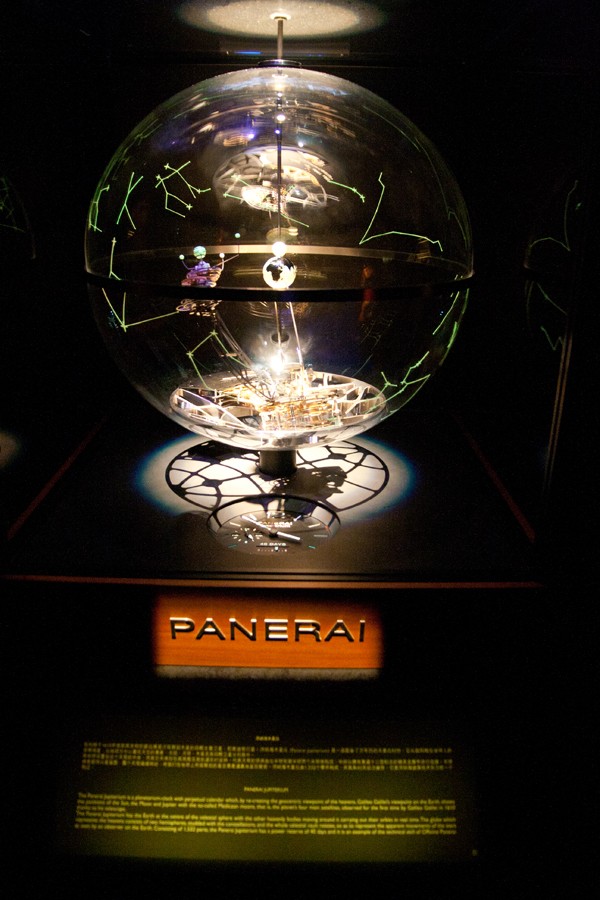Panerai Pays Tribute to Galileo in Shanghai
Luxury watchmaker Officine Panerai has chosen Shanghai for the only international staging of “Time and Space: a Tribute to Galileo Galilei,”having premiered the exhibition in Florence in September 2010. Taking […]

Luxury watchmaker Officine Panerai has chosen Shanghai for the only international staging of “Time and Space: a Tribute to Galileo Galilei,”having premiered the exhibition in Florence in September 2010. Taking place at the Shanghai Sculpture Space from May 19 to 31, the exhibition is divided into three stages: Officine Panerai’s history, the company’s rise to international fame, and the tribute to Galileo Galilei.
The Italian physicist-cum-mathematician-cum-astronomer-cum-philosopher was especially chosen for his Tuscan origins and love for science and innovation – both of which Officine Panerai finds an affinity with. To mark the 400th anniversary of Galileo’s first celestial observations, Officine Panerai has unveiled the “astronomical” triptych: L’Astronomo, Lo Scienziato and the planetarium clock Panerai Jupiterium.
L’Astronomo (below), otherwise known as the 50mm Luminor 1950 Equation of Time Tourbillon Titanio PAM 365, boasts a sophisticated mechanical movement and appealing aesthetics. Powered by the P.2005/G movement, L’Astronomo features an equation of time, indication of sunrise and sunset times and depiction of the night sky of a chosen city on the back plate. The month and small seconds are indicated at 3 and 9 o’clock respectively; the times for sunset and sunrise, which vary according to the season and chosen latitude, are denoted by two cursors that run along numbered circular sectors. The equation of time, a unique feature of top-end watch-making, is shown by the linear cursor at 6 o’clock. Available in a pink or white gold case, L’Astronomo comes with an alligator strap and the classic buckle customized with the Officine Panerai logo.
The 48mm Lo Scienziato Radiomir Tourbillon GMT PAM 348 is characterized by its resilience. Made of zirconium oxide ceramic, the case is an exceptionally hard, corrosion-resistant material that is first pressed in a single block and then fine-milled to give it its final cushion shape. The watch is water-resistant to 100 meters.
Visible dialside, the intricate skeleton structure is made of a fine mesh that supports both an external band and subsidiary dials showing the small seconds and the am/pm indicator. The second time zone is indicated by a third central hand, which finishes in an arrow point. Precision is guaranteed by a P.2005/S movement, with the tourbillon rotating perpendicularly to the axis of the balance, thus completing two rotations per minute instead of one.
The last in the triptych, the Panerai Jupiterium is a planetarium-clock with perpetual calendar that shows the positions of the Sun, Moon and Jupitar with the latter’s satellites, namely the Medicean planets, as observed for the first time by Galileo in 1610. Enclosed in a 75 cm wide by 86 cm tall glass box, the Jupiterium has the Earth at the center of the blue sphere. Powered by a movement (below) that is regulated by that of the clock, all the heavenly bodies – apart from the Earth – complete their orbits in real time. The design makes for an unprecendented visual display. While the heavenly skies are represented by a transparent globe, the stars are dipped in Super-LumiNova to make them shine at night like real ones. The Jupiterium weighs 110kg and is made up of 1532 parts.
Panerai
You can leave a response, or trackback from your own site.

Leave a Reply
You must be logged in to post a comment.